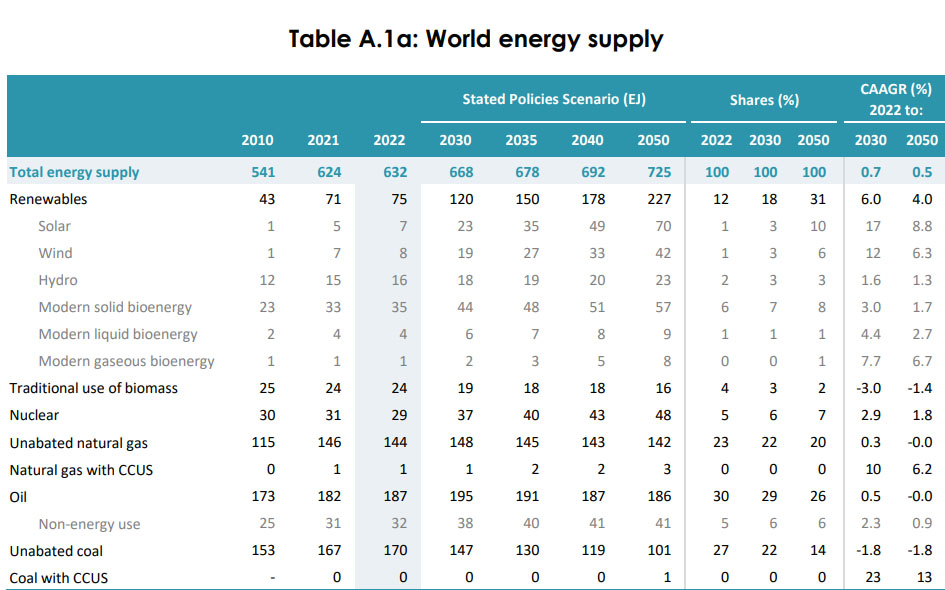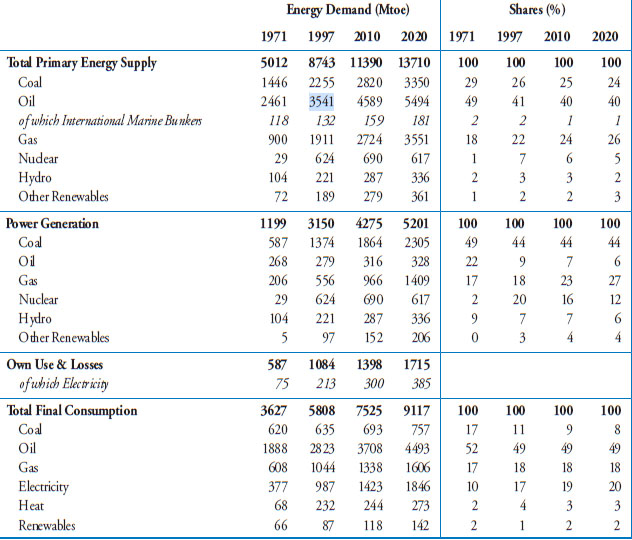Science
Related: About this forumUsing Nuclear Energy to Convert Useless Biomass Into Useful Products.
The paper to which I will refer readers is this one: Nuclear Cogeneration of Methanol and Acetaldehyde from Ethylene Glycol Using Ionizing Radiation Arran George Plant, Bor Kos, Anže Jazbec, Luka Snoj, Malcolm John Joyce, and Vesna Najdanovic-Visak Industrial & Engineering Chemistry Research 2023 62 (49), 21152-21163.
The paper is open for reading for free, and there is no need for me to excerpt it heavily. (It contains a number of symbols that are not yet amenable for use in DU4.)
I'll offer a brief excerpt anyway about which I will offer a few critical comments, but let me be clear that I do not believe that the production of electricity should be the only, even the main, use for nuclear heat. I have convinced myself that in fact, the best use of nuclear heat would produce electricity as a side product. I also agree with the general tenor of this paper that radiation is not something to be treated with the application fear and ignorance but that instead it should be regarded a valuable tool to get us out of this disgusting and intractable mess into which we've fallen environmentally. Nevertheless the focus of the paper is somewhat, in my opinion, somewhat quaint, although the numbers describing the status quo with respect to glycerol are worth noting.
The excerpt, with the approximation symbol replaced with text:
One such bioderived chemical feedstock, refined glycerol, has a notable sustainability issue due to global production excesses (approx. 500,000 kt yr-1) that are currently directed toward low-value applications such as incineration and animal feed. (12) Glycerol has the potential as a bioderived platform chemical for the synthesis of valuable chemicals, such as glycerol carbonates, epichlorohydrin, and solketal. (13) Additionally, glycerol can be converted to ethylene glycol through high-throughput hydrogenolysis processes which expands the scope for radiolytically synthesized products derived from renewable glycerol. (14,15) Two valuable products that can be derived from glycerol are acetaldehyde and methanol. Acetaldehyde is generated industrially from petroleum-derived ethylene via the Wacker process using expensive palladium catalysts at a worldwide production capacity of approx. 1.3 × 106 tonnes per year as of 2021. (16,17) Acetaldehyde is an important platform chemical for producing peracetic acid, pyridine bases, and pentaerythritol. (18) Methanol is currently synthesized from natural gas via steam reforming processes, contributing to a large worldwide production capacity of approx. 1.1 × 108 tonnes per year. (19) Although the catalyst-free radiolytic production of these compounds from ethylene glycol has been reported, (20,21) little consideration has been given to industrial implementation optimization of the reaction parameters for radiolytic synthesis.
A comment: The "decline" of nuclear energy is represented in "percent talk." It is not that nuclear output is decreasing but rather that energy demand is increasing without the benefit of clean nuclear energy. The increases are driven by dangerous fossil fuels, the waste destroying the planetary atmosphere, the seas, and, indeed, the land. Despite existing in an environment of extreme and extremely stupid vituperation by pathetically paranoid purveyors of obsessions with anything radioactive, for instance the government of that Putin funding coal burning hellhole Germany, the nuclear industry has been consistently producing close to 30 Exajoules of energy every in spite of the willful destruction of its valuable and otherwise sustainable infrastructure by intellectually deficient and badly educated thugs. The nuclear industry has been doing this so for decades. Despite endless wild cheering and the squandering of trillions of dollars on them, the destruction of much valuable land on them, and vast material resources wasted, the solar and wind industry combined have never come close to this figure 30 EJ.
The numbers are here: 2023 World Energy Outlook published by the International Energy Agency (IEA), Table A.1a on Page 264:

One would be wise to ignore the soothsaying in the table, by the way, since all of the soothsaying going back for decades both within the IEA and outside of it has proved to be nonsense. (The IEA no longer offers "scenarios" as it did in the past, and has deferred to reality that is effectively "business as usual."
The 2000 World Energy Outlook, which I have in my files, predicted that nuclear energy, which was producing 624 "MTOE" (million tons oil equivalent), or 26.5 EJ in 2020 would be producing less energy in 2020:

I have prepared the spreadsheet below to convert the unfortunate unit of energy MTOE with the SI unit EJ:

So much for soothsaying. (In 2020, world energy consumption fell for the first time ever from 613 EJ in 2019 to 589 EJ, close to the 2000 predicted value, but I don't think the IEA was predicting Covid in 2000. cf 2021 WEO).
The biggest miss was coal, the worst fossil fuel, which was underestimated by 40 EJ, with the increase to 182 EJ (2021 as a surrogate for Covid impacted 2020) over the prediction being more than double than the actual total for so called "renewable energy" as represented by the multitrillion dollar solar and wind industry, whose infrastructure will all be landfill within 25 years, 15 EJ combined.
Note: If the soothsaying by the IEA represented in the first table above proves accurate, and the world is only producing 48 EJ of nuclear energy in 2050, the world will be burned to a crisp. We better do more than hope they are wrong.
Which brings me to the point:
In 2011, the late great Nobel Laureate George Olah advocated for a methanol/DME economy, a closed chemistry cycle:
Anthropogenic Chemical Carbon Cycle for a Sustainable Future George A. Olah, G. K. Surya Prakash, and Alain Goeppert Journal of the American Chemical Society 2011 133 (33), 12881-12898)
If, instead of 48 EJ "by 2050," this economy were to exist: It would be extremely difficult, although not from a technical standpoint, but from the standpoint of making a serious commitment to the environment - something that is clearly unlikely without a massive change of public attitudes - glycerol will be superfluous, since much of it is generated to make the biofuel biodiesel which like all other so called "renewable energy" schemes, has been ineffective at addressing climate change.
In this case, nuclear heat will be subject to process intensification, and methanol or DME will be produced using thermochemical hydrogen to hydrogenate carbon dioxide, closing the carbon cycle. It is feasible, not easy, but feasible. In this case, again through process intensification, combined heat networks, electricity would be a side product of nuclear energy.
In long consideration, I've considered this to be our last, best hope, but it's a long shot, a very long shot, because the power of human ignorance is driving human suicide.
I like the philosophy of the cited paper, putting radiation to use - although I'd stay away from neutron fluxes in favor of gamma radiation - but it's nowhere near aggressive enough.
I wish you a happy New Year in this holiday season.